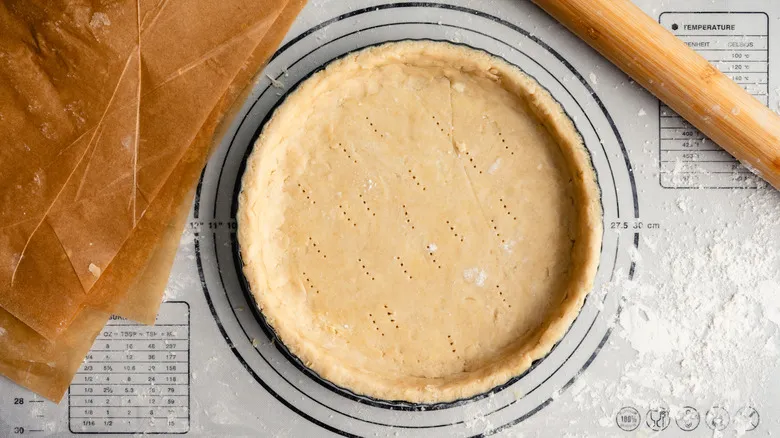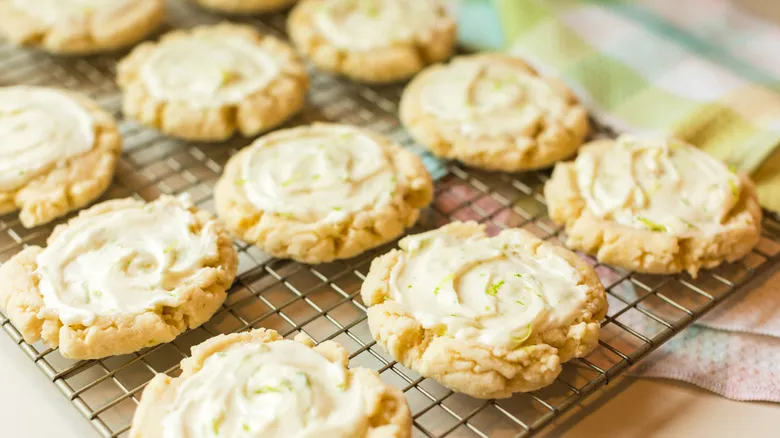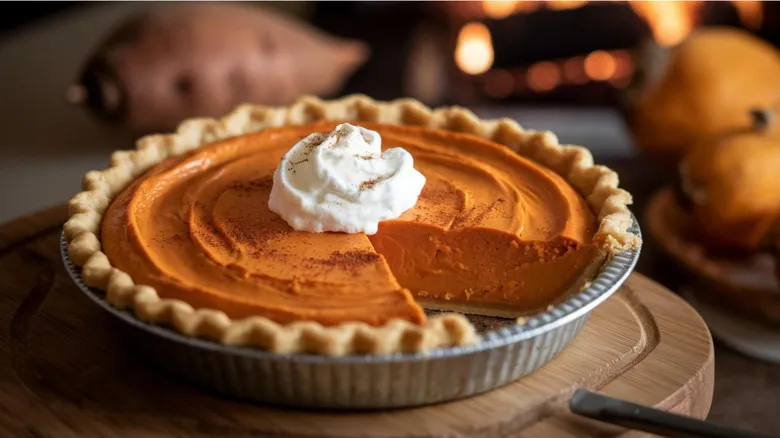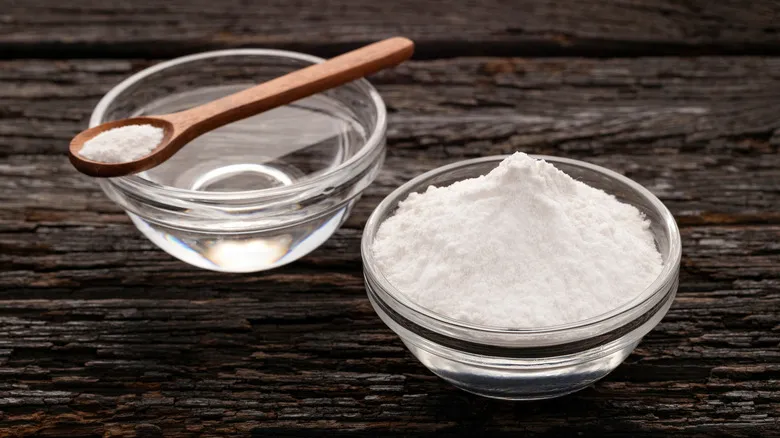What makes it different from other leaveners?

Certainly! Here’s a rewritten version of the text:
Naturally, baking soda isn't the sole option for helping baked goods rise. So, why opt for baking soda over baking powder? And if you need to swap one for the other, is that feasible? Baking powder actually contains baking soda along with a dry acid, such as cream of tartar. Since baking soda requires both an acid and a liquid to activate, the baking powder remains inactive until it is mixed into your batter. The most commonly available type, double-acting baking powder, has an additional feature: it activates when liquid is added and again when exposed to heat (in other words, when placed in the oven).
If you find yourself without one of these ingredients when a recipe specifies it, you can somewhat substitute one for the other. Just be cautious not to use too much baking soda, as it is three to four times more potent than baking powder, and excessive amounts can lead to a soapy flavor. Additionally, if you choose to use baking soda instead of the specified baking powder, you'll need to increase the amount of acidic ingredient in the recipe to compensate for the absence of the dry acid present in baking powder.
When to use each ingredient

With two such closely related ingredients, a natural question arises: When should you use each one, and for what reasons? The answer lies in chemistry. The double-acting characteristic of baking powder makes it particularly suitable for recipes like cookies, which often require chilling the dough in the refrigerator before baking. On the other hand, baking soda is typically used in batters that go straight into the oven, as the reaction starts immediately upon the addition of an acid and a liquid. If baking soda is omitted, the reaction will complete itself before baking, resulting in a batter that doesn't rise properly.
Another question we can clarify: Some recipes call for both baking powder and baking soda. Why is that? When you mix an acid with a base like baking soda, it gets neutralized. This is beneficial in many situations, but not ideal if you want to retain an acidic flavor in your baked goods—think buttermilk pancakes or lemon bread. By incorporating a small amount of baking powder (which contains a dry acid), you ensure that enough acid remains after the reaction, preserving the desired flavor.
If you weren't convinced before, hopefully you are now: Baking is not merely an art; it's a (delicious) science.
Recommended

The Quick Pinch Test To Check If Your Pie Dough Needs More Water

The Simple Frosting Swap You Need For Ridiculously Delicious Cookies

White Chocolate Vs Candy Melts: What's The Difference?

How To Prep Your Spuds For The Tastiest Sweet Potato Pie
Next up

